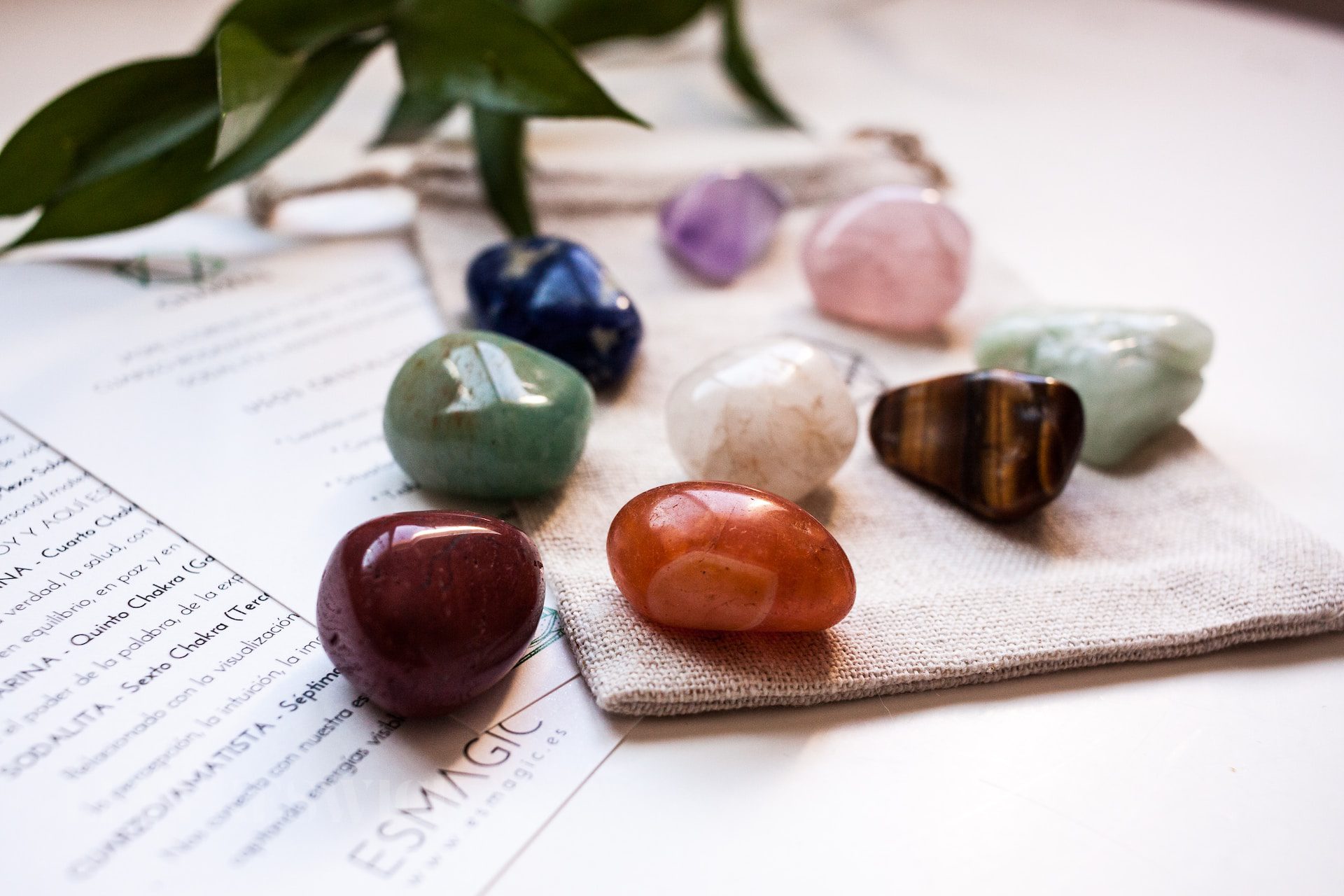Key takeaways:
- Turquoise holds significant cultural value, particularly within Native American tribes.
- Depleting mines and stringent regional requirements for turquoise formation contribute to its rarity.
- The quality and price of turquoise are determined by its color, porosity, and matrix.
- The real turquoise stone price can vary dramatically based on its quality and type.
The Cultural Relevance of Turquoise
For centuries, turquoise has been a symbol of wealth, status, and spirituality in various cultures. Among North American tribes, especially the Navajo, turquoise holds immense significance. The Navajo Squash Blossom Necklace, adorned with turquoise, is a testament to this cultural esteem. Authentic pieces from the 19th century are highly valued today, further augmenting the real turquoise stone price.
Depletion of Turquoise Mines: A Crisis in the Making
With turquoise mines rapidly depleting worldwide, the precious stone has become a rarity. An iconic example of this is the Cerillos mine in New Mexico. Once a major supplier of turquoise, the mine has exhausted its reserves, underscoring the diminishing availability of natural turquoise.
The rising mining costs coupled with the import of cheaper, altered turquoise from countries like China, have further intensified the issue. Over 90% of the world’s turquoise is believed to be treated or stabilized in some way to enhance its color and hardness, which influences the real turquoise stone price.
Formation of Turquoise: A Geographical Rarity
Turquoise forms under specific environmental conditions, adding to its scarcity. It requires a dry, arid climate, a source of copper, and host rocks rich in phosphorus and aluminum. These prerequisites restrict turquoise formation to certain regions worldwide, notably desert climates like those found in parts of the United States.
Quality of Turquoise: Determining Its True Worth
When assessing the real turquoise stone price, several factors come into play – color, porosity, and matrix.
- Color: The color of turquoise plays a pivotal role in determining its quality and value. High-quality turquoise boasts a vibrant, consistent color, while low-quality variants display a cloudy, less vivid hue.
- Porosity: The porosity of a turquoise stone – the number of pores it contains – directly impacts its durability and appearance. High-quality turquoise is low in porosity, making it resistant to color changes, fading, and crumbling. These variants usually fall between 5 and 6 on the Mohs Hardness Scale.
- Matrix: Turquoise forms in a mother or hosting rock, often composed of limonite or sandstone. Fragments of these rocks sometimes get embedded in the turquoise, forming a matrix. While a matrix-free turquoise is considered the most valuable, turquoise with a spiderweb matrix is also highly prized for its delicate, lattice-like design.
Assessing Turquoise Valuation: From the Most to the Least Valuable
To understand the real turquoise stone price, it’s essential to classify it based on its quality.
- High-Quality Turquoise: Possessing a vibrant color, low porosity, and no matrix, high-quality turquoise commands a premium price. It can range from $1,500 to $25,000 per gram. Unique variants like the Blue Lander spiderweb turquoise also fall in this category due to their rarity and distinct matrix.
- Raw Turquoise: Raw, unprocessed turquoise fetches anywhere between $5 and $50 per gram. Opting for raw turquoise assures its natural, non-stabilized state.
- Stabilized Turquoise: Stabilized turquoise is low-quality natural turquoise treated with epoxy to improve its color and hardness. It can cost between $15 and $125 per gram.
- Purple Turquoise: Purple or Mojave turquoise is crushed turquoise formed into a stone and dyed purple. As a fabricated stone, its value is the lowest at $0.50 per gram.
In conclusion, the real turquoise stone price depends heavily on its quality, type, and rarity. As an informed buyer or investor, understanding these factors can ensure that you appreciate the true worth of this enchanting gemstone.








